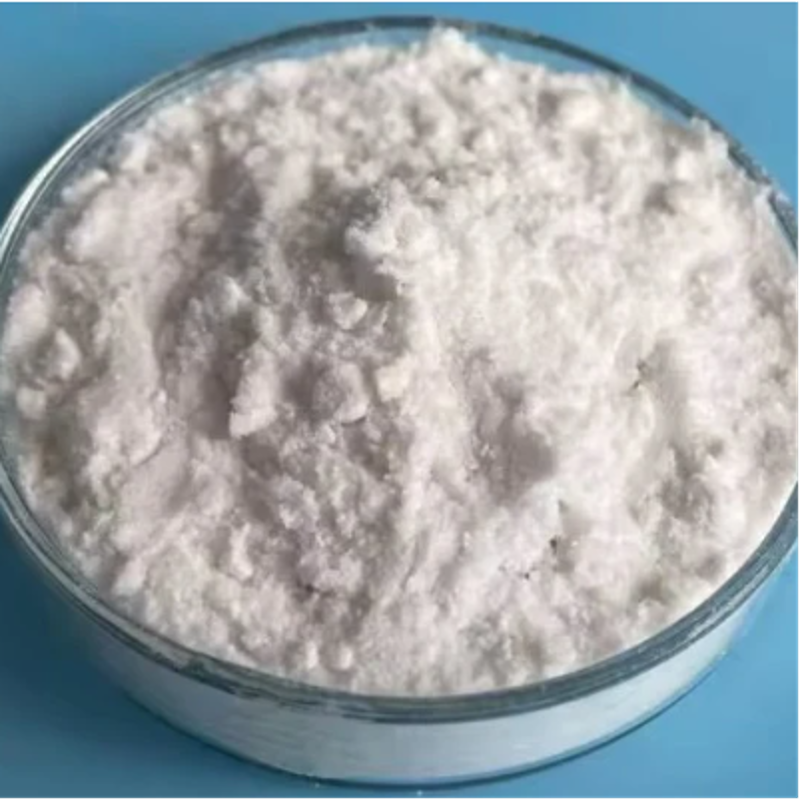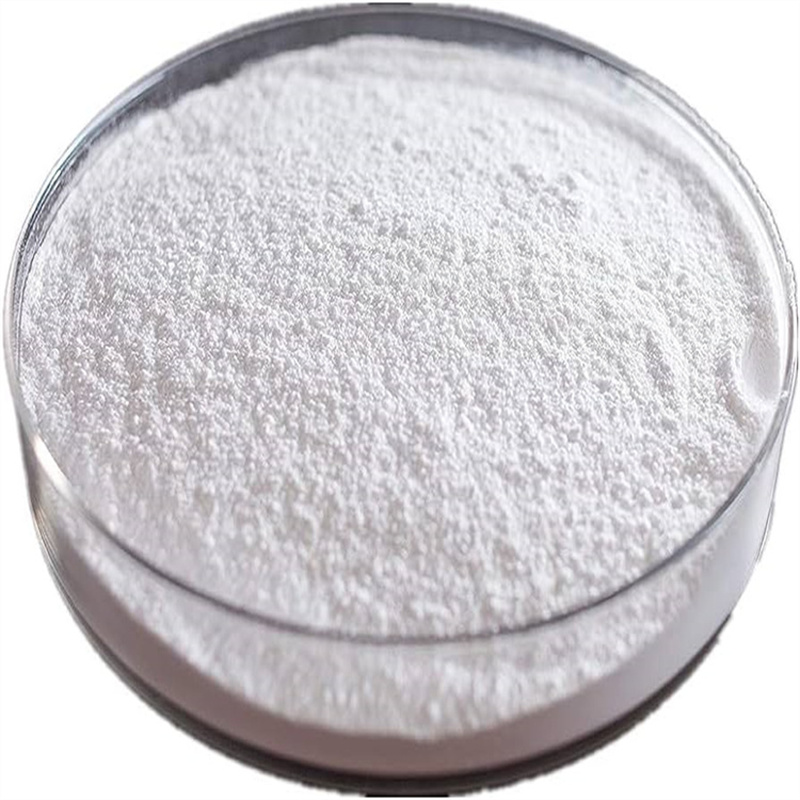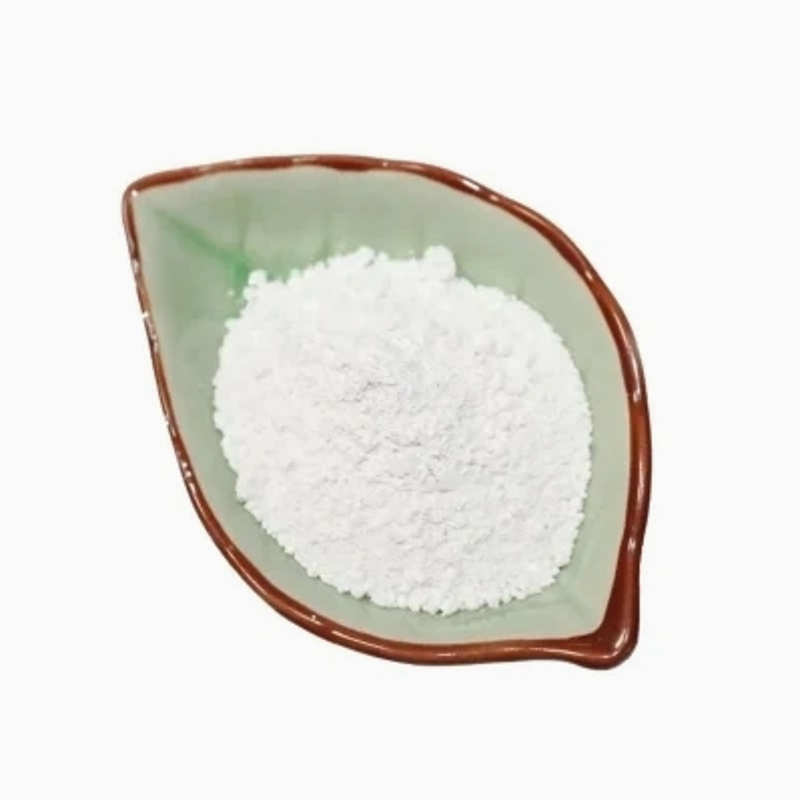-
Categories
-
Pharmaceutical Intermediates
-
Active Pharmaceutical Ingredients
-
Food Additives
- Industrial Coatings
- Agrochemicals
- Dyes and Pigments
- Surfactant
- Flavors and Fragrances
- Chemical Reagents
- Catalyst and Auxiliary
- Natural Products
- Inorganic Chemistry
-
Organic Chemistry
-
Biochemical Engineering
- Analytical Chemistry
-
Cosmetic Ingredient
- Water Treatment Chemical
-
Pharmaceutical Intermediates
Promotion
ECHEMI Mall
Wholesale
Weekly Price
Exhibition
News
-
Trade Service
The production process of 2-propyn-1-amine, N,N-diethyl-, sulfate (1:?) involves several steps that are designed to create a final product that is pure and useful for a variety of industrial applications.
The process typically begins with the sourcing of raw materials and ends with the purification and packaging of the final product.
The first step in the production process is the synthesis of 2-propyn-1-amine, which is typically created by a chemical reaction between acetylene and sodium hydride in the presence of a solvent such as dimethylformamide.
This reaction creates a mixture of products, including 2-propyn-1-amine, which is then extracted from the mixture and purified.
Once the 2-propyn-1-amine has been purified, the next step is to react it with diethyl sulfate to create the desired sulfate.
This reaction typically takes place in the presence of a solvent, such as water or a polar organic solvent, and is typically carried out at a moderate temperature, such as 50-60 degrees Celsius.
The reaction is typically complete within a few hours, after which point the mixture is allowed to cool and the resulting product is extracted and purified.
The final product is then typically packaged in a suitable container, such as a drum or a bag, and labeled with the appropriate safety information and instructions for use.
The product is then ready to be shipped to customers or used in further processing.
Overall, the production process of 2-propyn-1-amine, N,N-diethyl-, sulfate (1:?) is a complex and multi-step process that requires a high degree of technical expertise and the use of specialized equipment and chemicals.
However, the end result is a pure and useful product that is widely used in a variety of industrial applications.







